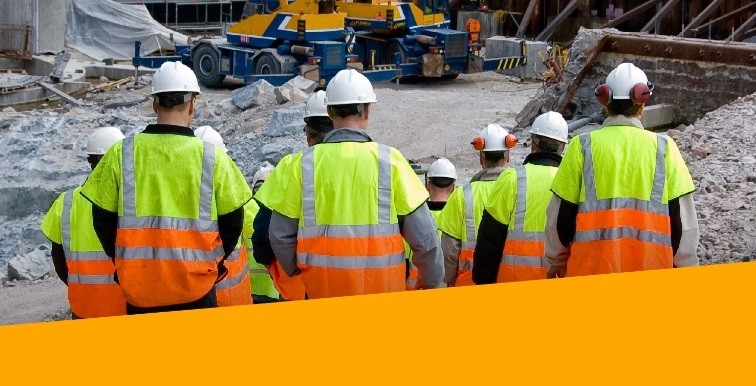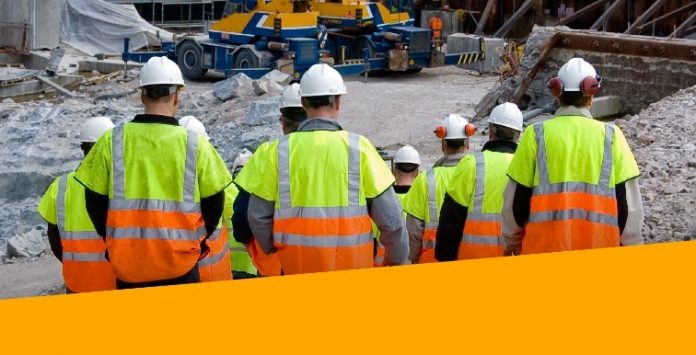 Despite the scenario of health and economic crisis in Brazil, the construction industry continues to record positive results in its formal labor market, generating employment and income throughout the country. In February, the sector generated 43,469 new jobs, as a result of the difference of 164,598 admissions and 121,129 dismissals. The data are from Novo Caged, released on Tuesday (03/30) by the Special Secretariat for Social Security and Labor, of the Ministry of Economy.
Despite the scenario of health and economic crisis in Brazil, the construction industry continues to record positive results in its formal labor market, generating employment and income throughout the country. In February, the sector generated 43,469 new jobs, as a result of the difference of 164,598 admissions and 121,129 dismissals. The data are from Novo Caged, released on Tuesday (03/30) by the Special Secretariat for Social Security and Labor, of the Ministry of Economy.
The total number of new vacancies generated by Construction in February is the highest since September / 2020, when the net balance (admissions minus dismissals) totalled 45,866 new jobs. Considering the result of the last 12 months (March / 2020-February / 2021), civil construction created 133,887 new vacancies (in the series with adjustments).
According to the economist of the Database of the Brazilian Chamber of the Construction Industry (CBIC), Ieda Vasconcelos, the analysis of the data from Caged and the new Caged shows that the result of February / 2021 was the best for the month since the beginning of the series in 1992, that is, over the past 30 years.
Until then, the best result in the sector for this month was observed in February / 2010 (34,735 vacancies in the Caged series). The number of workers with a formal contract in construction increased from 2,227,002 in February / 2020, to 2,360,889 in February / 2021, which corresponded to an increase of 6.01%.
In its assessment, however, construction still faces some challenges in the macroeconomic environment and in its production process. Highlights for:
- worsening of the public health crisis caused by the pandemic, more devastating than that observed last year
- vaccination process still at a slow pace to contain the advance of Covid-19
- concern about new variants of the disease
- persistent inflation
- political instability
- delay in advancing structural reforms (administrative and
tax) - increased uncertainty
- shortage of basic inputs observed since the beginning of the
second half of 2020 - increase in material costs.










